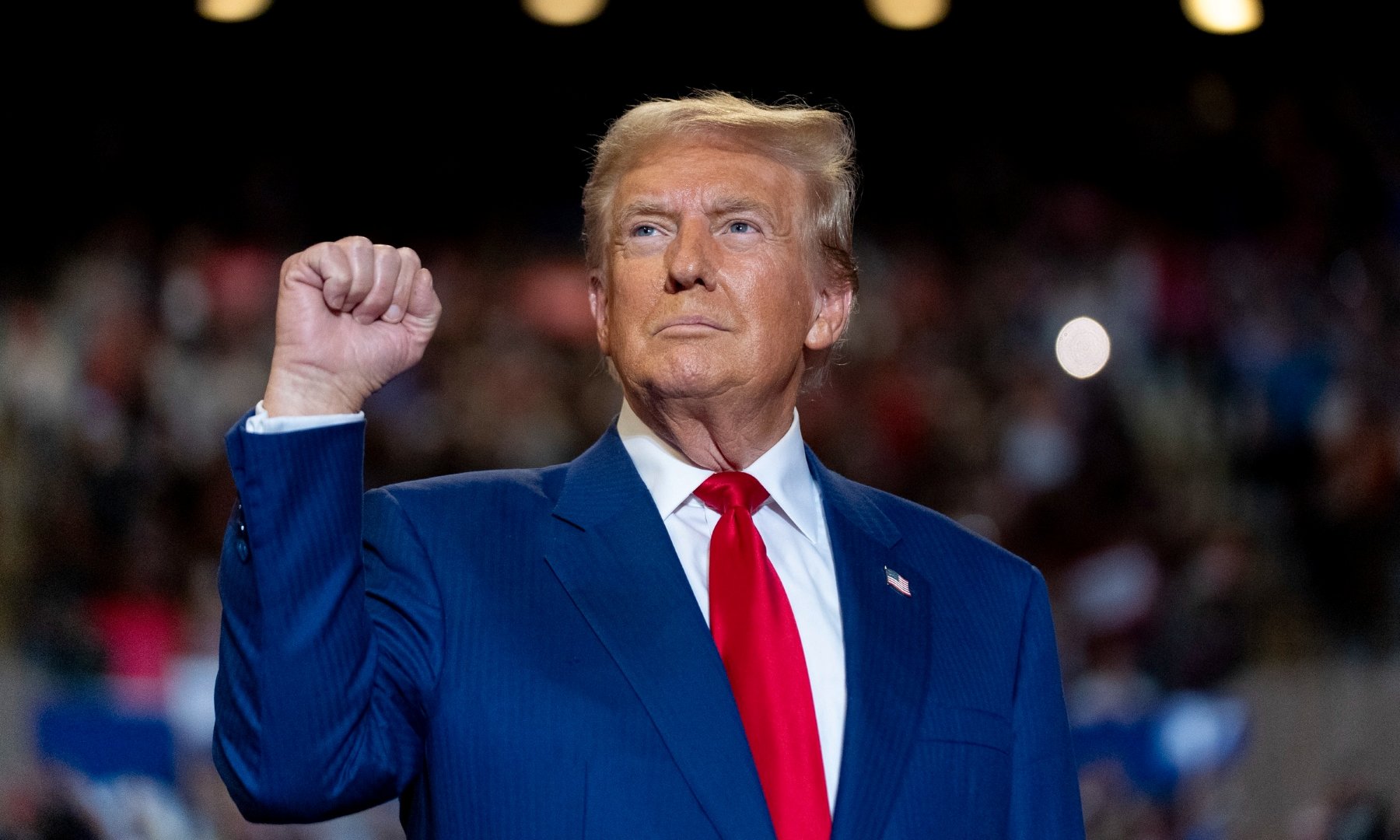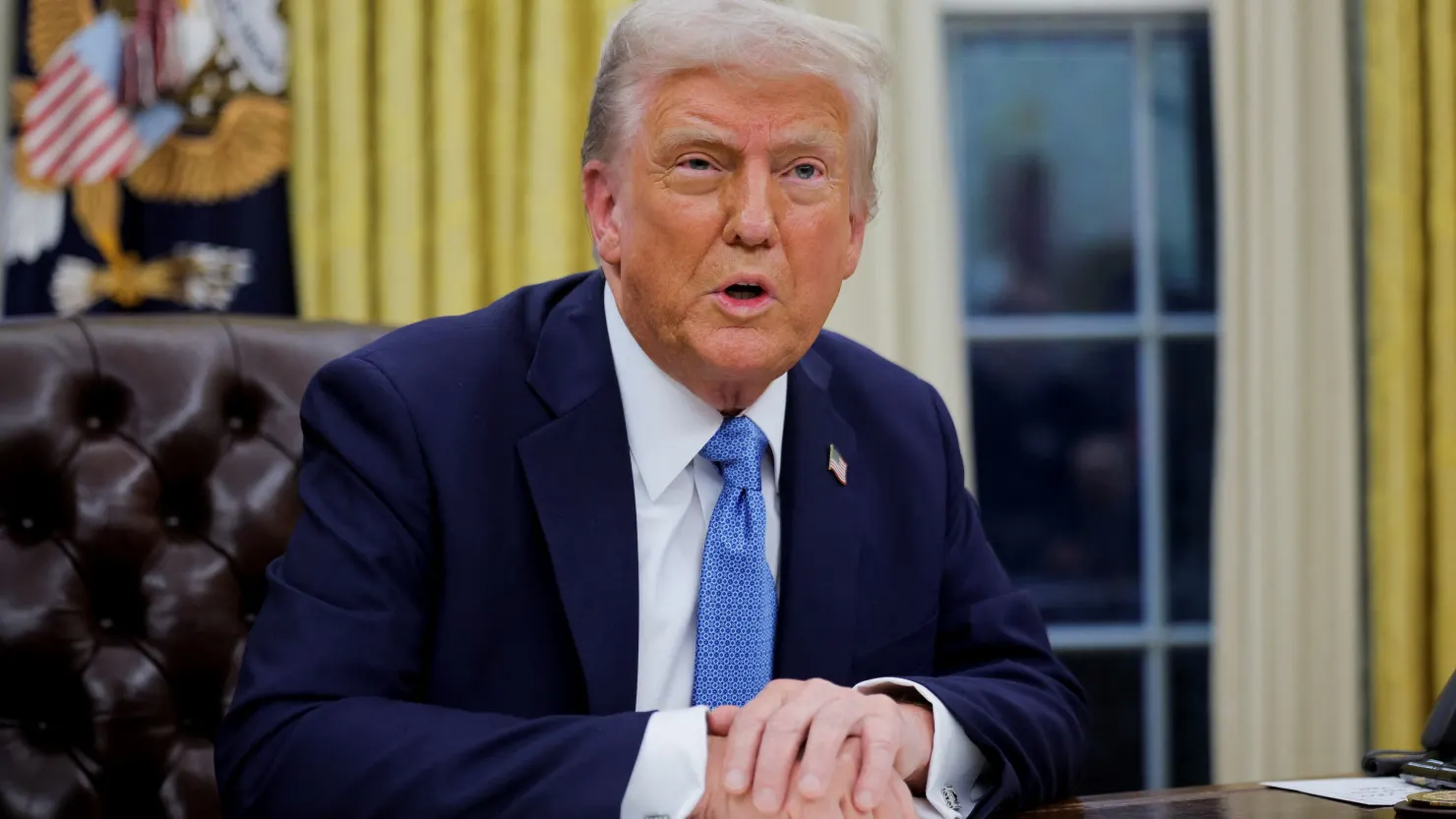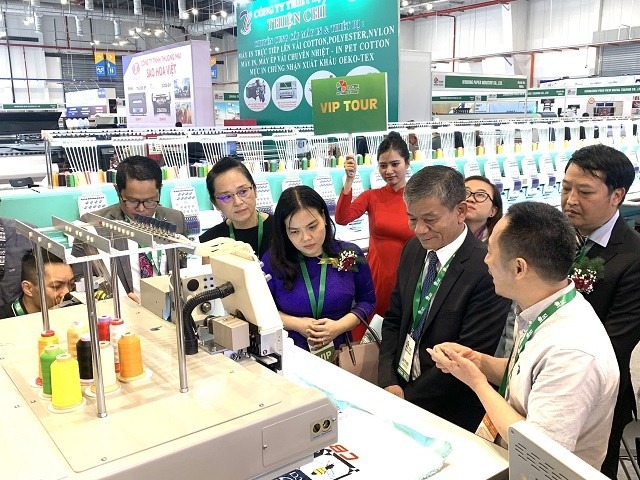17/09/2024
U.S. cotton products linked to forced labor despite ban
Fibers harvested with forced labor are found in one in five cotton items in American households, despite government efforts to block Xinjiang cotton products from entering the U.S market. This troubling statistic endures even as federal initiatives, like the Uyghur Forced Labor Prevention Act (UFLPA), work to curb the flow of Chinese cotton.
MeiLin Wan, vice president of textile sales at Applied DNA Sciences, highlighted the persistence of this issue. Applied DNA Sciences provides traceability solutions for cotton, such as isotope and PCR DNA testing, to verify the origin and farming practices of the fibers.

“Approximately 20 percent of the world’s cotton is grown in the Xinjiang region,” Wan stated on a recent podcast hosted by the National Council of Textile Organizations (NCTO).
She stressed the critical importance of brands gaining a comprehensive understanding of their entire supply chain, from producing materials to the final product.
Since the UFLPA took effect in 2022, there has been an urgent need for proof of fibre manufacturing without forced labor. Both the apparel industry and Customs and Border Protection (CBP) are still grappling with compliance and enforcement issues. While CBP struggles with enforcing the law, partly because of loopholes like the de minimis rule, which allows millions of goods, including cotton products, to enter the country uninspected, brand owners encounter ambiguous requirements to demonstrate compliance.
DNA tagging technology is increasingly being used to uncover forced labor violations, according to Wan. Cotton can now be tracked from its origin to its final product with DNA tags applied at different points in the supply chain. This level of traceability not only supports brand claims but also protects the consumer by ensuring the authenticity of supply chain transparency.
In addition to technological solutions, Wan called for regulatory changes, particularly closing the de minimis loophole. She argued that unchecked imports hurt American businesses, consumers, and the textile industry.
As the U.S. government continues to address trade tensions with China, including a host of legislative measures to limit China’s economic influence, there remains a broader challenge: balancing economic security with the need for critical technology, such as green energy components, that China currently dominates. Policymakers are struggling to find the right tools to mitigate the risks without stifling industries where China holds an advantage in production capacity.
Share:











